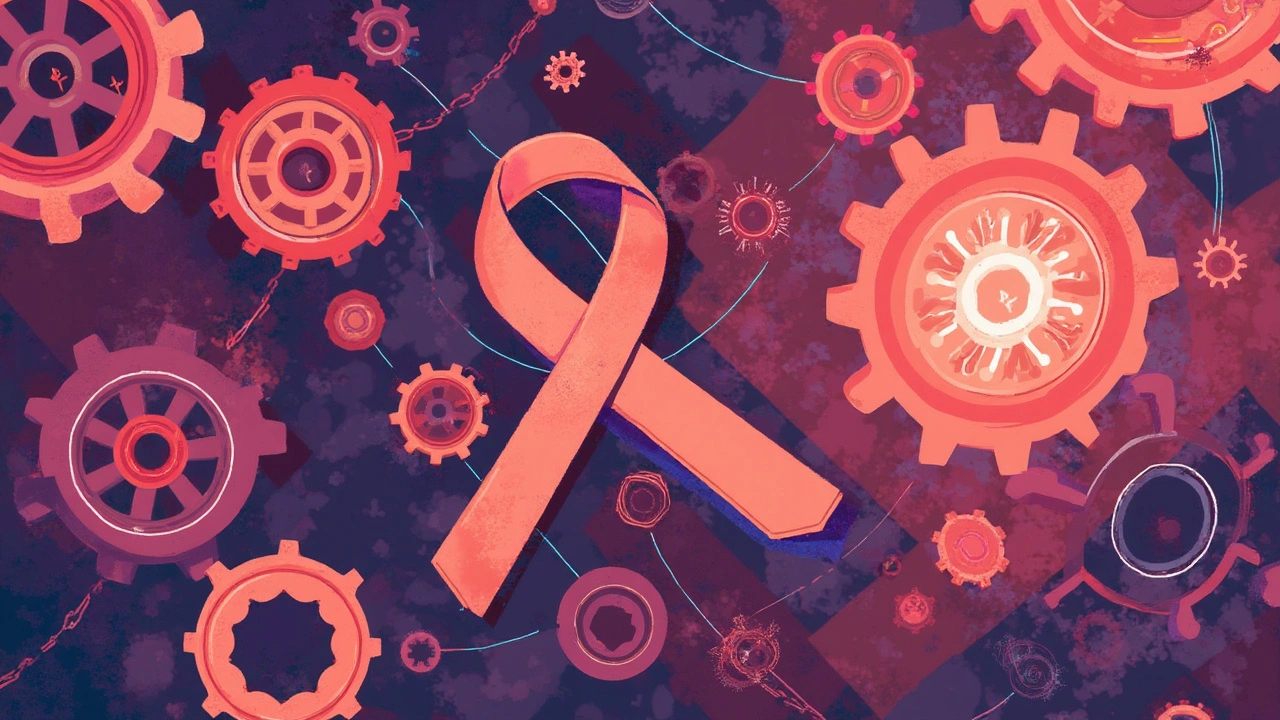AIDS Explained: What It Is, How It Spreads, and How to Stay Safe
When you hear the word AIDS, you probably think of a serious disease linked to HIV. AIDS stands for Acquired Immunodeficiency Syndrome, the final stage of HIV infection. It means the immune system is so weakened that everyday germs can become dangerous. Knowing the basics helps you protect yourself and support others.
How HIV Becomes AIDS
HIV is a virus that attacks specific white blood cells called CD4 cells. Over time, the virus lowers the number of these cells. When the count drops below 200 per cubic millimeter of blood, doctors diagnose AIDS. Without treatment, this can happen in several years, but medication can keep the virus in check for decades.
How People Get HIV
The virus spreads through blood, semen, vaginal fluids, and breast milk. The most common ways are unprotected sex, sharing needles, and from mother to child during birth or breastfeeding. It does not spread through casual contact like hugging, shaking hands, or sharing dishes. Knowing this can stop a lot of fear and stigma.
Typical early symptoms of HIV include flu‑like aches, fever, swollen glands, and a rash. Some people feel nothing at all. When the infection moves toward AIDS, you might see rapid weight loss, persistent fever, night sweats, and unusual infections like pneumonia or tuberculosis. If any of these show up, see a health professional right away.
Treatment for HIV is called antiretroviral therapy (ART). ART combines several medicines that stop the virus from reproducing. When you take ART every day, your viral load can become undetectable, which means you’re much less likely to pass HIV to others. ART also keeps your CD4 count high, delaying or preventing AIDS.
Preventing HIV starts with simple habits. Use condoms correctly every time you have sex. If you inject drugs, never share needles—use sterile equipment or a clean needle program. For people at higher risk, doctors can prescribe daily pills called PrEP (pre‑exposure prophylaxis) that dramatically lower your chance of getting HIV.
Testing is the next key step. A rapid HIV test can give results in less than 30 minutes. If you test positive, don’t panic—there are effective treatments that let you live a normal, healthy life. If you test negative, keep up with safe practices and consider regular check‑ups if you’re at risk.
Living with HIV or AIDS can feel overwhelming, but many resources exist. Support groups, counseling, and patient advocacy organizations offer emotional help and practical advice. Your doctor can guide you on medication, nutrition, and managing side effects.
Bottom line: AIDS is the advanced stage of HIV, but modern medicine can keep most people from ever reaching it. By staying informed, using protection, getting tested, and following treatment, you can protect your health and the health of others.
Exploring how AIDS relates to other sexually transmitted infections is key to understanding potential health risks. This article uncovers links between AIDS and STIs, providing crucial insights into the interactions. Learning about these connections can guide safer choices and preventive measures. The synergy between HIV and STIs poses unique challenges that require attention. Get equipped with the essential facts and find practical tips for protection.
Continue reading





